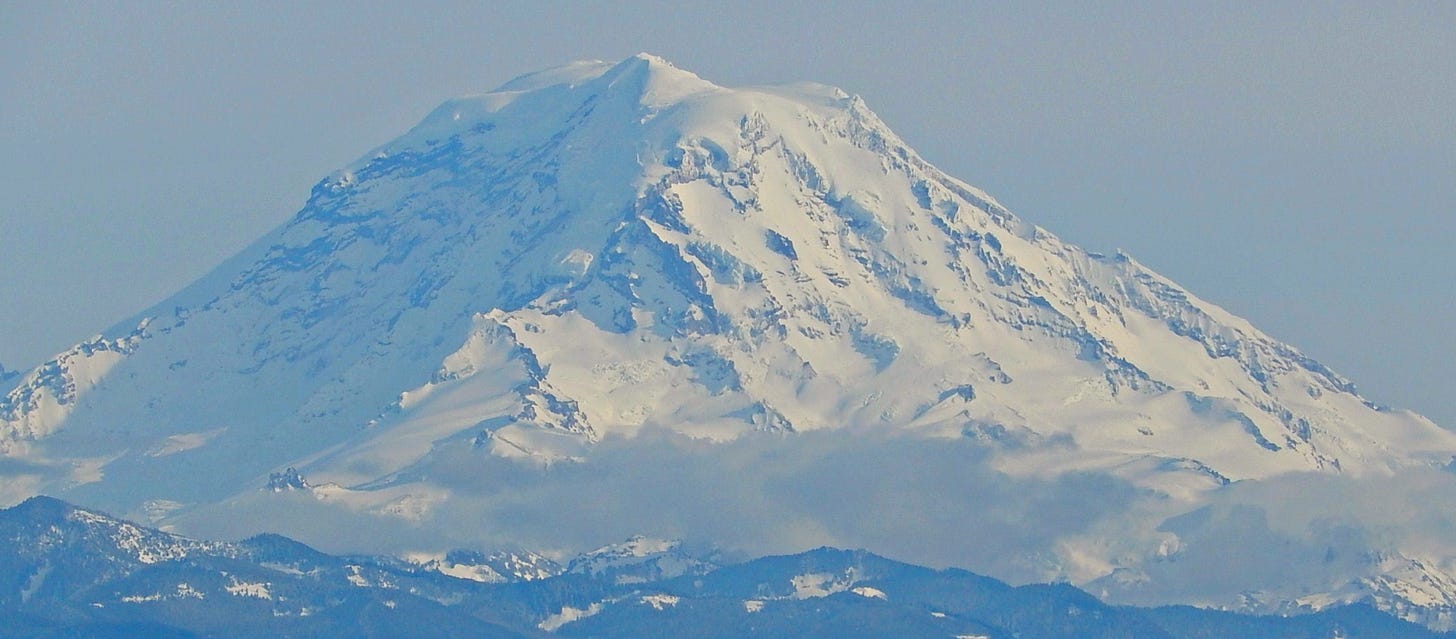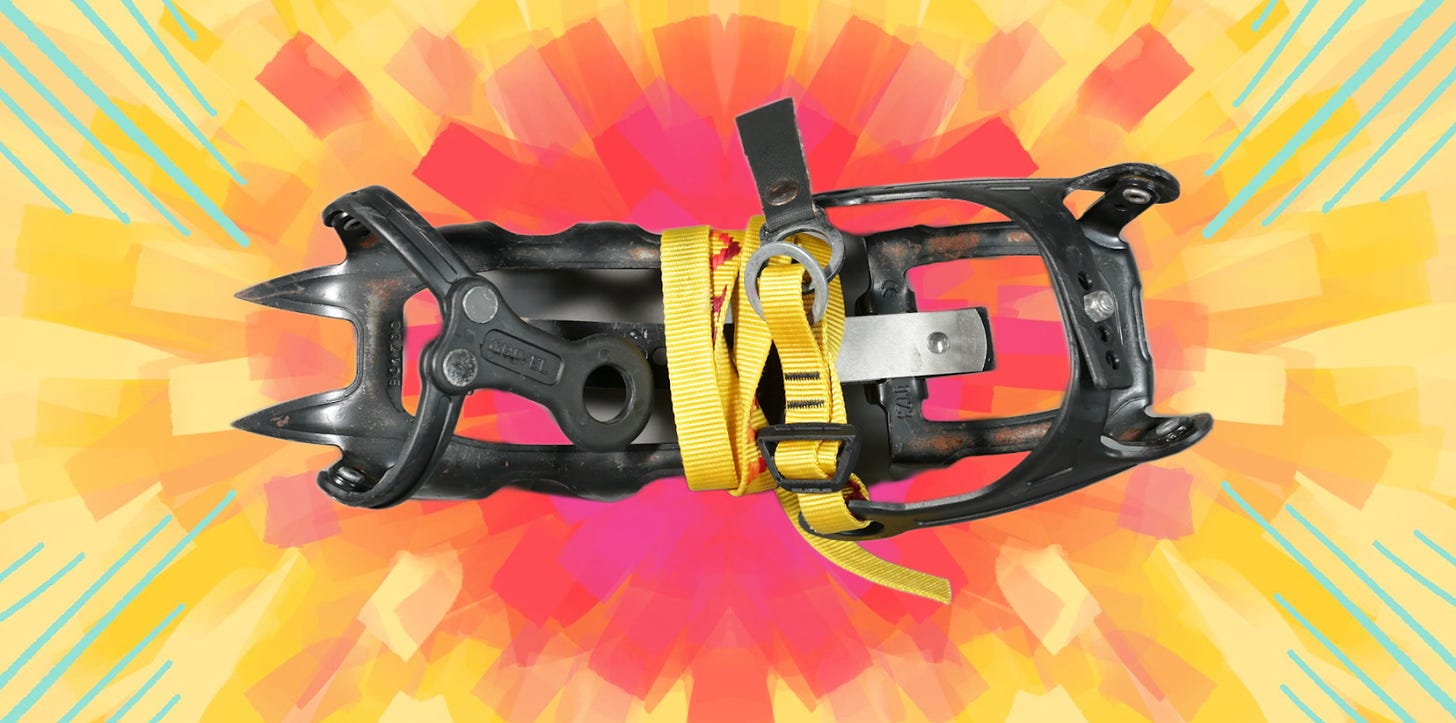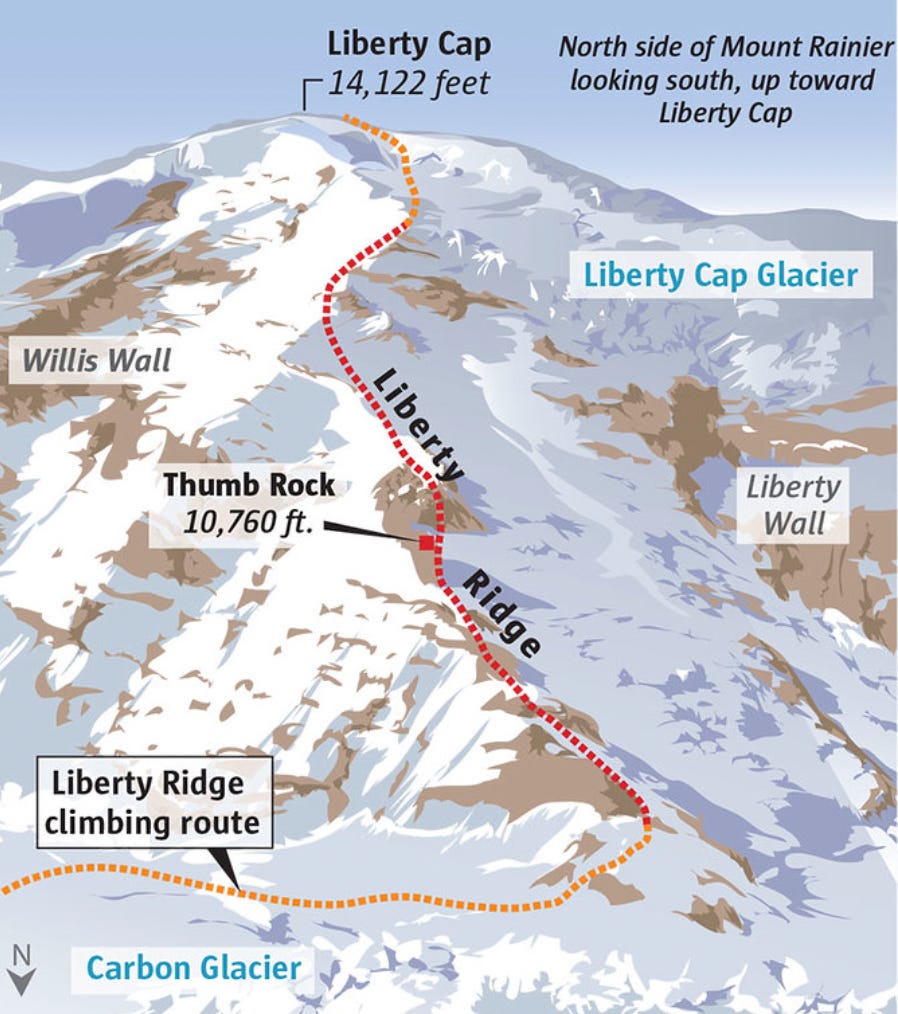Hello there. Quick interlude to discuss some administrative business, which I’ll kick off by saying: Thanks for subscribing to Healings. This fledgling community has grown a bit since we relaunched the newsletter two months ago, and while I’m pretty sure a handful of you are bots of some kind (welcome, bots!), I think it’s safe to say several of you are real people. Thank you for being real people, and thank you for reading.
Now that we’ve gotten that out of the way: I’m turning paid subscriptions back on. Please give me your money. Haha. Ha. Capitalism. Ahem:
For real, though, this feels like a good time to turn these back on for a few reasons:
I have an increasingly reasonable sense of what I’m doing here. I wasn’t sure at first. I’m still mostly not sure. But the longer I do this the clearer it becomes.
I have some ideas for more in-depth posts requiring research and planning, aka journalism, or at least something approaching it. Plus sundry ideas to expand the Healings editorial footprint. Some of these things might actually happen!
There are expenses it’d be nice to cover. For example, according to Healings’ editor Tommy Craggs, this newsletter has its own English usage style guide capturing editorial decisions like whether or not to spell out numbers and when to capitalize drug names. Developing this kind of intellectual property doesn’t come cheap.
Turning paid subscriptions back on means raising the stakes slightly, and I’ve found this is generally a good thing.
For the time being, everything will remain free and your subscription dollars will function as donations—a way to show your support for what we’re doing here. Over time, I’ll try to dream up some subscriber-exclusive stuff, just to make things a little more fun.
This concludes our administrative business. I now present to you something from my personal writing archives, i.e. a piece I wrote years ago during a previous and quickly abandoned writing project. The piece falls into the category of “Brushes with Death,” which has been and will continue to be part of the Healings editorial purview. And speaking of falling into things, uh…here’s the piece…

Here’s what it’s like to fall through a hole in a glacier and find yourself suspended over a crevasse, a frozen chasm that if you fell into it could swallow you like a lozenge down into an endless void. I mean, for real: an endless void.
We were attempting to summit Mt. Rainier: me, best friends 1 & 2, and a lovely but narratively superfluous fourth friend. In my twenties, alpine hiking was an occasional pastime of mine, which is a funny thing to contemplate now that I’m a bit older: What the hell was I thinking? That shit is dangerous. You don’t just casually walk up a snow-and-ice-covered mountain.
But then again, that’s exactly what you do, exactly what you must do. Back when I’d occasionally partake of a mountain climb—always with BFs 1 & 2—I had no special training, had done little research. My thinking was, Hey, I’m with friends, and they seem pretty confident, and we’re all in this together, so what the hell — should be fine!
Often, it wasn’t fine. Like the time we tried to summit Mt. Clarence King in the Sierras in the dead of winter, but lost the trail. We wandered through snow drift for two extra days, eventually running out of food before we finally found our way down the mountain. The situation didn’t warrant a Netflix documentary or anything, but looking back it was pretty perilous, even if it didn’t feel that way to a bunch of college stoners.
So flash forward 10 years and it’s the three of us off on another adventure. Me and BF 1 and had just run a marathon, and BF 2 was in perennially great shape, not to mention a professional epidemiologist who had studied diseases in remote alpine tadpole populations. And we actually knew a thing or two about ice climbing by then, having taken, like, one class. But Mt. Reiner in July is truly a beast, and I was still the novice of the group.
Once again, we had navigation issues. There was a lot of cloud cover on the mountain on the day we set out, and even though BF2 brought a satellite GPS, we still made a few wrong turns that cost us time, and time is precious in these situations. Our first night on the mountain, we camped a few clicks from where we’d planned to end up (haha, I don’t normally say “clicks,” but that was fun). When you attempt Rainier you do so on a tight schedule. We were planning to ascend the summit via Liberty Ridge, a saddle on which there’s only one patch of flat ground to camp for the night. You have to coordinate with rangers to reserve that spot because there’s not enough room on it for two groups. Once one group summits, another one takes its place.
Having made poor time on day one, we had to hustle on day two if we were going to make it to the ridge, but hustling is not an ideal mindset when you’re navigating a glacier field. Imagine a hairbrush covered with a piece of toilet paper — that’s what a glacier field is like. When you’re walking on one, you’re traversing a layer of what’s hopefully ample and thickly packed snow, solid enough to travel over, but concealing all the deep drops just below it. Since this is a stupid and unnatural thing for humans to do, your best bet is to rope yourselves together, and to keep the rope relatively taut as you go along, so that if one of you falls through the snow you don’t fall far before the rope goes tight and your buddy sinks their axe into the ice, bracing you both.
We were using this system for the solid half-day it took us to navigate the bulk of the glacier, and everything was going fine. With the sun at its highest point, and with the ridge itself in sight, we took a quick break, bunching around one another for food and water. Excited that we’d made decent time, BF 1 unclipped his rope, I think so he could get a better view of the ridge up ahead. A few moments later, I stood up, took a few steps, then — whoomph.
First the snow gave a little, then a little more. I didn’t realize what was happening at first but it hit me pretty quick: I was fucked. Strange as it seems to me now, I didn’t panic. I could feel my legs were dangling beneath me over a hole, could visualize them suspended over this emptiness. I called out, calmly, to let my friends know what was happening. They looked over to see half my body submerged, the other half held up by my outstretched hands. I was not roped into BF 1. If the snow didn’t hold me…
The snow held me. I didn’t fall. I was able to grab my ice axe and sink it an arm’s length ahead of me. BF 2 threw me a rope. I pulled myself up through the snow. Roped in again, I looked down through what I’d fallen through: a deep crevasse that went from icy blue to purple to black as it sunk down into the earth.
Now the funny thing is this didn’t deter us; we just kept on climbing. Ultimately, though, we didn’t make the summit. We got to the base of Liberty Ridge when a nightmare storm overtook us, pelting us with chunky ice that made pushing up the saddle seem dangerous if not impossible. Out of options, we camped on the glacier field (don’t do this). The next morning, we emerged from our snow-covered tents just in time to watch an avalanche come tumbling down the face of the mountain. Gee, we wondered, wouldn’t that be something if that deadly wave of snow and ice made it all the way down to where we’re standing right now, drinking our miso soup before hiking out. Obviously, it didn’t.
None of us ever talked about what a close call the glacier thing was, possibly because it somehow didn’t feel that way at the time. I suppose that’s just youth—you feel invincible, year after year, right up until the day that you don’t. The Rainier adventure wasn’t that day for me—my day came three years later, when I was diagnosed with testicular cancer. It was, however, the last time the three of us tried to climb anything together.
This is the Healings Newsletter. We thank you for reading. If you enjoyed it, why not forward it to a friend and ask them to subscribe:
Healings is written by Garrett Kamps and edited by Tommy Craggs. Ayana H. Muwwakkil provides art direction.
Healings is about illness, recovery, spirituality, and related topics (like death), and began in the summer of 2023 as a chronicle of Garrett’s battle with cancer. We make no guarantees that it will hold together, thematically speaking, in the months to come.
Healings is free for all, but if you enjoy it and have the means, we’d welcome your financial support via paid subscription.
“Great things are done when men and mountains meet;
This is not done by jostling in the street.”
— William Blake, Gnomic Verses








My son, Todd, is a mountain/ice climber. Has climbed every mountain in Western US, including Denali. (which was a two-week affair). He is Assistant Director/VP of the Mountain Ascent Assoc. Nowadays, he's really into ice-climbing. As a man in his late 50s, he's now had hip and knee replacement. Doesn't slow him down. Todd is hooked on adrenalin and has no fear of death.